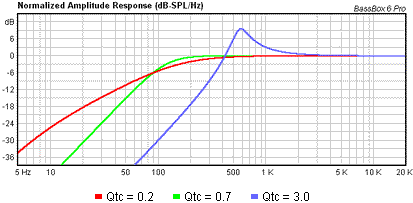Bluesun311
2[H]4U
- Joined
- Sep 21, 2013
- Messages
- 2,523
Older posts in the thread...
I noticed that flaw in that recording when I got my ESL's. I believe it's bad on "So What" and somewhat on "Flamenco Sketches", the rest of the songs are ok as far as I remember but I haven't listened to that album in a while. I've heard that the CD releases aren't correct like the speed is wrong (I think slightly too fast) and some other issues. I'd read one of the people who recorded it or played in the band absolutely hates the CD versions. So maybe see if you can find a vinyl rip and see if it's better? I have an actual SACD rip of it (thank you fat hackable PS3's lol) but I haven't tested to see if that particular flaw with the distorted instrument rears it's ugly head there too but sadly I think it's the recording. :/ If you want to hear a fubar recording that makes you feel like your speakers are broken give Metallica's Death Magnetic or RHCP's Californication a spin. Rick Rubin should be repeatedly punched in the throat for the SQ of those albums.
Oh man, to know another guy found this in our era--I'm in the right kind of place, I guess. That really freaked me out... I actually called Sweetwater to tell them I thought maybe I had a bad speaker but then I did the test while the guy was on the phone and we had an awkward laugh about it. He didn't seem the least bit surprised about the bad recording but I was shocked.
I've looked deeper and found better masters, but the distortion is there on the original tapes unfortunately
![[H]ard|Forum](/styles/hardforum/xenforo/logo_dark.png)







